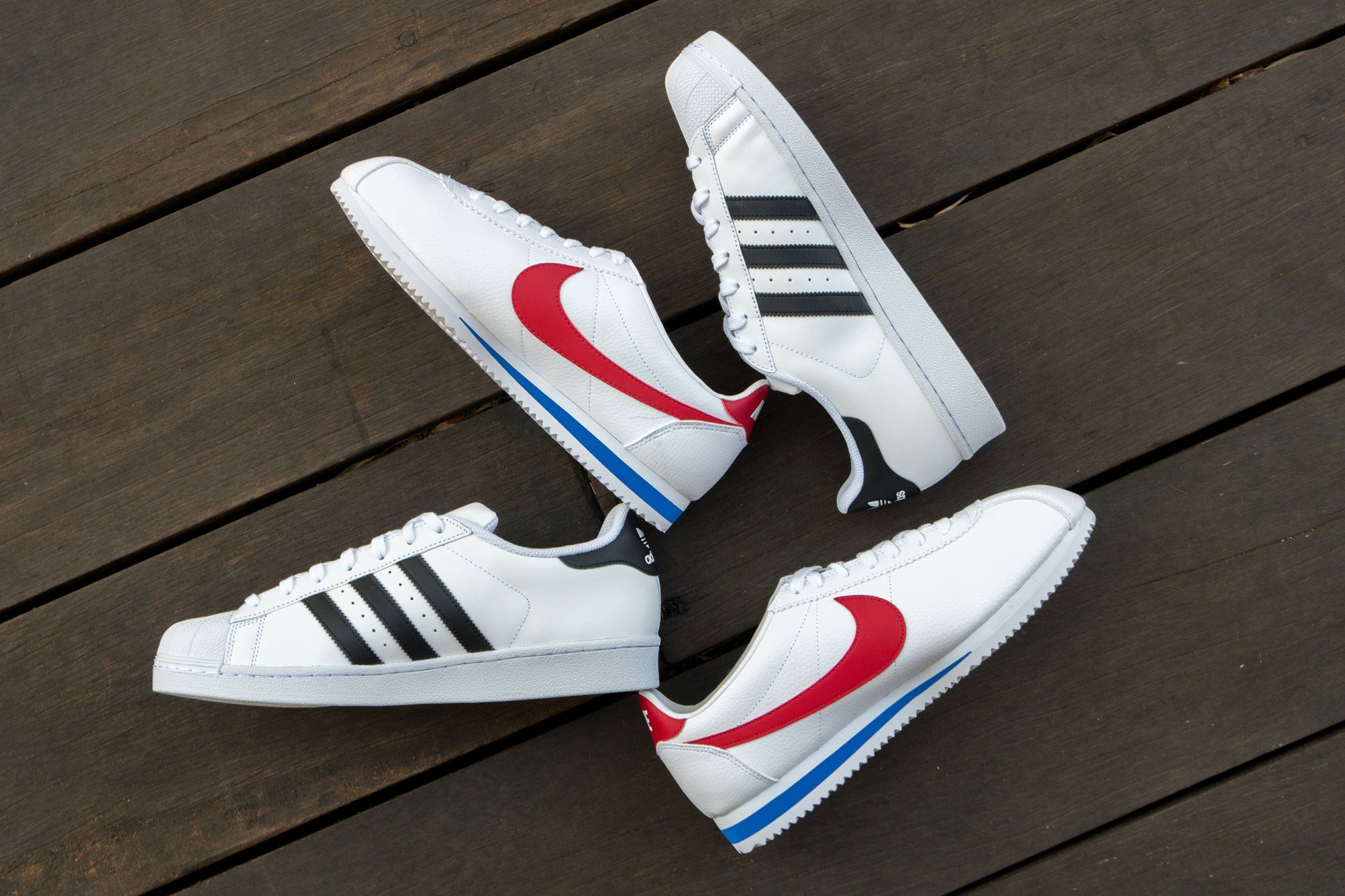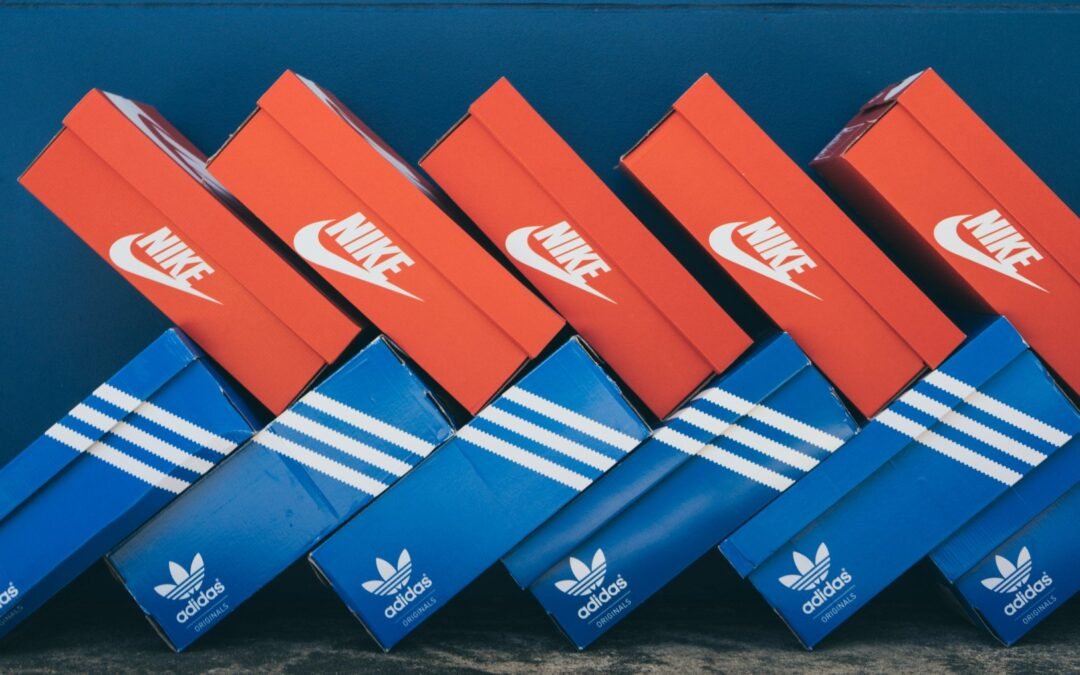Possible tariff implementations by the U.S. on Vietnam might jeopardize the resurgence of Nike and Adidas due to increasing manufacturing expenses and evolving market conditions.
Nike might soon encounter an additional challenge in its attempt to rejuvenate its brand and reverse a prolonged decrease in sales: American tariffs on products imported from
Vietnam
.
On Wednesday, US President
Donald Trump
is anticipated to disclose which countries and specific products will be subject to additional tariffs designed to boost local manufacturing and persuade other nations to increase their purchases of American-made items.
Vietnam, enjoying a US$123.5 billion trade surplus with the West,
United States
is considered a top priority.
Are you curious about the most significant issues and global trends? Find out here.
SCMP Knowledge
Our latest platform features handpicked content including explainers, FAQs, analyses, and infographics, all provided by our acclaimed team.
Nike is among multiple sports apparel companies significantly dependent on Vietnam for manufacturing. Higher duties would compel the brand either to cover increased expenses or hike up their prices, even though they are currently offering discounts to liquidate excess stock.
In the fiscal year 2024, Nike reported producing half of its footwear and nearly three-tenths of its clothing items in Vietnam as stated in their annual report. Competitor Adidas has a somewhat lower reliance, with Vietnam accounting for just under two-fifths of its footwear production and around one-fifth of its apparel manufacturing.
According to analysis conducted by Sheng Lu, a professor specializing in fashion and apparel studies at the University of Delaware using January trade data, the typical U.S. tariff for footwear imported from Vietnam stands at 13.6 percent, whereas the duty on clothing items is 18.8 percent.
“If tariffs are imposed there, Nike will face an issue,” stated Morningstar’s David Swartz. Nike and Adidas aren’t the only ones affected; Vietnam has turned into a center for advanced running shoes, sports attire, and outdoor clothing as companies aim to minimize their vulnerability.
China
.
Lululemon, Columbia Sportswear, and Amer Sports — the company behind Salomon and Arc’Teryx — consider Vietnam to be their primary production hub.
However, these possible tariffs coincide with a crucial period for Nike, as the company has recently ceded market share to rivals perceived as being more modern and inventive, such as On and Hoka. During an earnings conference call last month, CFO Matt Friend stated thatNike’s revenues were anticipated to decline further in the upcoming quarter.
Considering the present tariffs, this was taken into account by Mari Shor, who serves as a senior equity analyst at Columbia Threadneedle Investments and also owns Nike stock. She stated, “However, what happens if things take a turn for the worse?”

Industry braces for tariffs
Some smaller, younger sportswear brands are even more exposed to Vietnam. The fast-growing running brand On in 2024 sourced 90 per cent of its shoes and 60 per cent of its apparel and accessories from the country.
Despite shoes already being costly, with prices ranging from $130 to $330 per pair, Samuel Wenger, the brand’s chief operating officer, mentioned that tariffs are one of several elements considered when setting their cost. He stated, “As a premium brand, we have the flexibility to adjust our pricing strategically.”
The average cost of sneakers in the United States has climbed by 25 percent since 2019, largely due to rising manufacturing expenses, noted Beth Goldstein, an analyst for footwear at market research company Circana. Despite this, U.S. sales of running shoes increased by 16 percent to reach $7.4 billion as of 2021, based on data from Circana’s Consumer Tracking Service. However, recent surveys show that American consumer confidence has reached a four-year low, which might make further price hikes difficult to accept.
Shifting production away from Vietnam is not an easy task. Other nations in Southeast Asia, like
Cambodia
and
Indonesia
, might also be subject to tariffs, and production costs are already increasing there.
Factories in
Cambodia
They are increasing their prices by 5% to 10% as they receive more orders from retailers aiming to move production away from China or Vietnam, according to Michael Yee, CEO of the apparel and accessories sourcing firm MGF Sourcing based in Hong Kong.

Nike, Adidas, and Amer Sports chose not to respond when asked about the tariffs in Vietnam. Similarly, Lululemon and Columbia Sportswear did not acknowledge receipt of inquiries seeking comments. However, according to industry analysts, the positive aspect is that duties imposed on goods coming from Vietnam—especially clothing items—are expected to remain less severe compared to those applied to products sourced from China.
Hanoi’s leaders have implemented various measures to maintain favor with Trump, including pledging increased purchases from the U.S., reducing tariffs, and permitting Starlink—a satellite firm led by Trump advisor Elon Musk—to provide its web-based services within their borders. Additionally, the Trump Organization is collaborating with Vietnam on prospective ventures involving hotels, property development, and golf courses, which could be valued at multiple billion dollars.
“T. Rowe Price portfolio manager Johannes Loefstrand, who oversees a Frontier Markets Equity strategy with a focus on Vietnamese stocks, noted that ‘Vietnam has demonstrated remarkable skill in navigating the complexities of geopolitics,'” he stated.
Wilbur Ross, who was serving as the commerce secretary during Trump’s initial term, mentioned that the president maintained fairly amicable relations with Vietnam and saw no justification for imposing substantial tariffs that could impact everyday consumers.
“Due to frequent purchases, people tend to be quite aware of the price of clothing,” Ross stated.
More Articles from SCMP
Is Taiwan’s expanded civil defense exercises still driven by a sense of urgency?
A Chinese woman orchestrated 20 mock weddings to assist clients in dealing with societal expectations.
Hong Kong Disneyland plans to distribute 200,000 tickets to various charities and NGOs.
Should You Watch The Extended Cut of “The Last Dance”? Reviewing the Deleted Scenes
The article initially appeared on the South China Morning Post (www.scmp.com), which is the premier source for news coverage of China and Asia.
Copyright © 2025. South ChinaMorning Post Publishers Ltd. All rights reserved.

